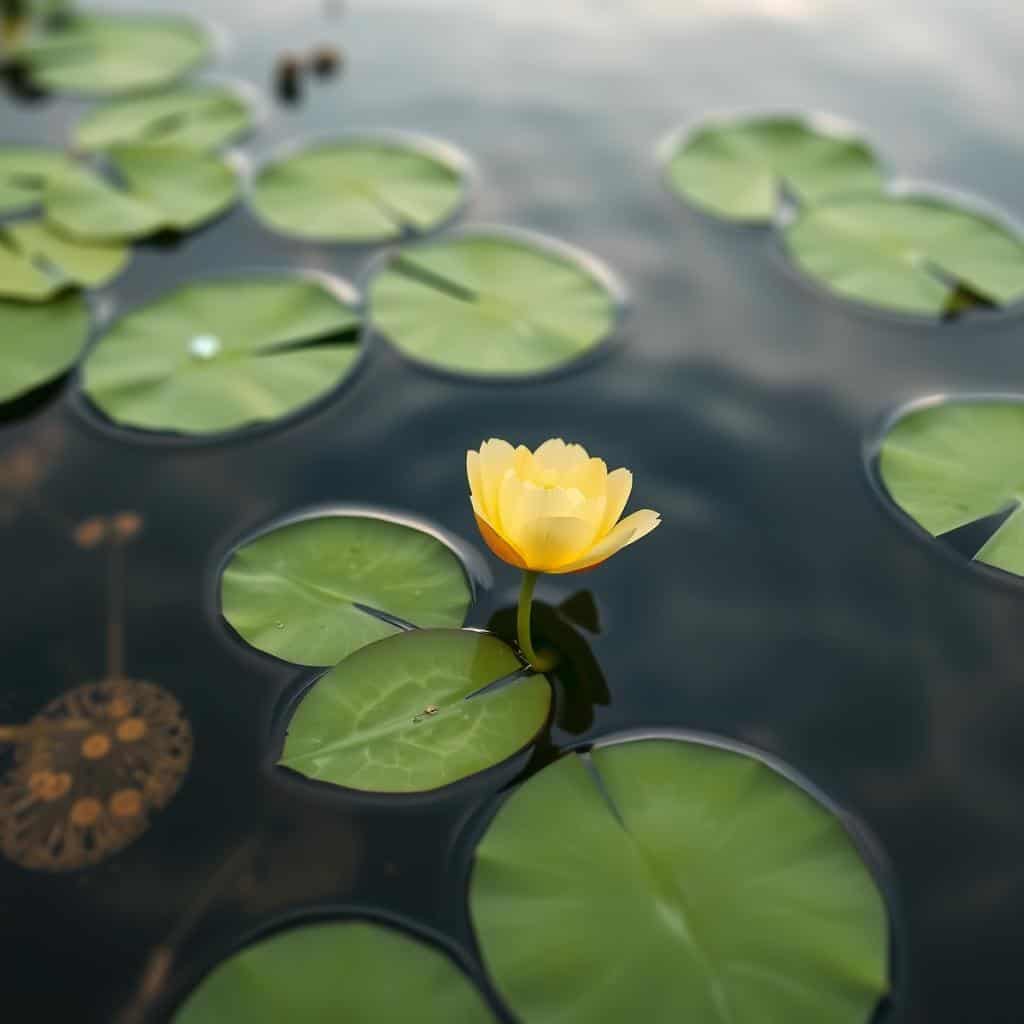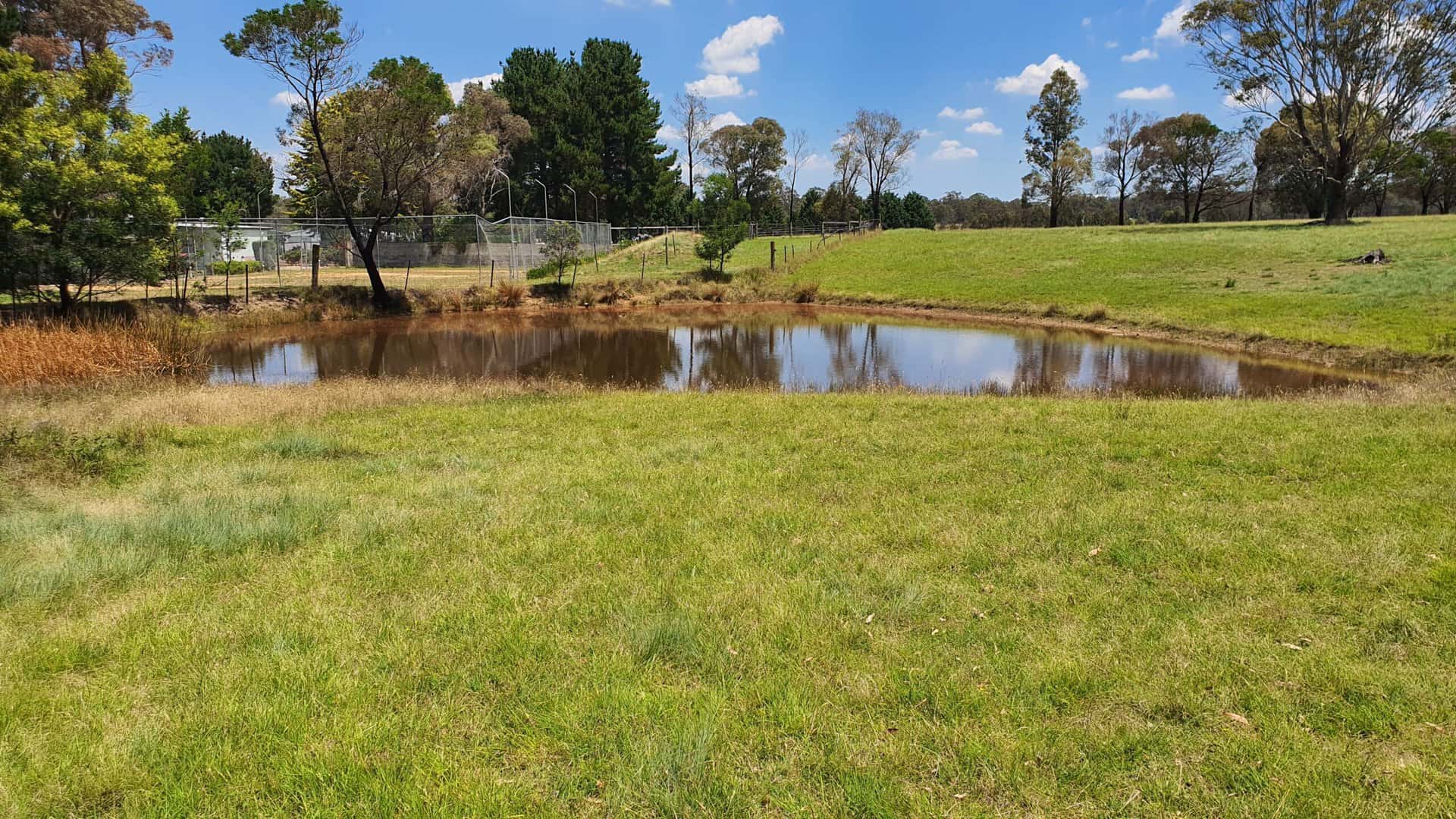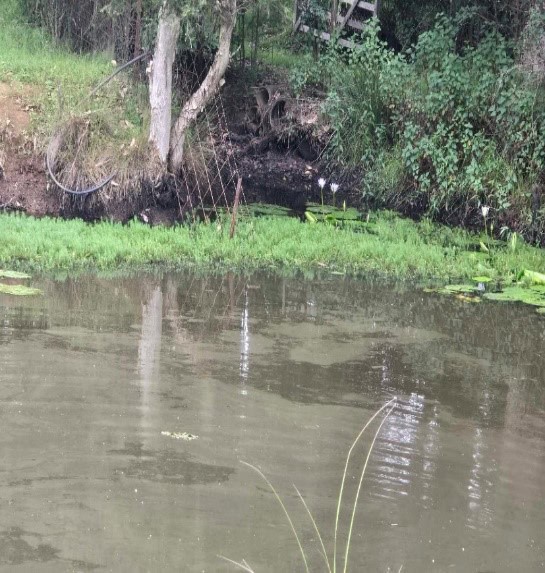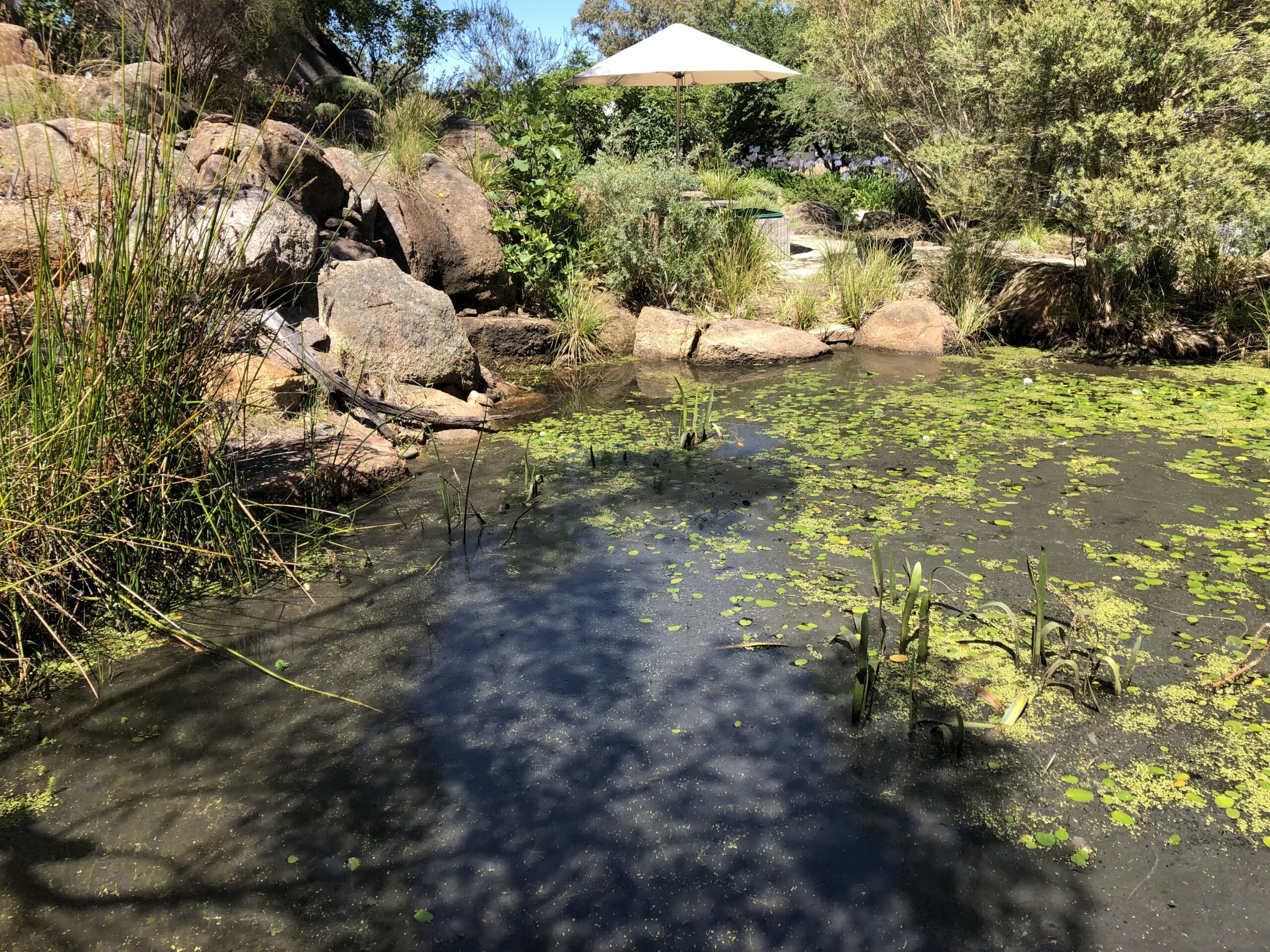
Understanding Aquatic Poppy Weed: Identification and Control Methods
Q. We have an ornamental fish pond with koi fish, tadpols, turtles & eels. The pond is 80% covered in water poppy weed growing from the clay mud base. Trying to manually pull up the weeds is very difficult.
I wondered what product(s) you would recommend to kill the water poppy without harming the fauna?
ANSWER
Aquatic Poppy weed is part of the Papaveraceae family, which is renowned for its diverse range of flowering plants. It typically thrives in wetland areas, marshes, and along the banks of rivers and lakes. This plant can be recognized by its distinct features:
- Leaves: The leaves of the Aquatic Poppy weed are broad, lobed, and have a waxy texture that helps them retain moisture.
- Flowers: The flowers are usually bright, showy, and can range in color from white to deep purple. They are composed of four petals that open wide, attracting pollinators like bees and butterflies.
- Roots: The plant has a fibrous root system that anchors it in muddy substrates, allowing it to flourish in aquatic environments.
Habitat and Distribution
Aquatic Poppy weed is primarily found in temperate regions, often inhabiting shallow water bodies, wetlands, and disturbed areas where water is abundant. This plant thrives in nutrient-rich soils and can often be seen growing alongside other wetland flora.
Management and Control
While Aquatic Poppy weed has beneficial aspects, it can also become invasive in certain regions, competing with native plants and disrupting local ecosystems. Effective management are essential to prevent its overgrowth:
The herbicide AQ200, which is based on diquat, is an effective tool for controlling unwanted vegetation in aquatic environments. One of the key advantages of AQ200 is its rapid breakdown and neutralisation in the sediment; within just 10 days, the herbicide is no longer detectable in the water column. This characteristic makes it a safe choice for a variety of uses, including drinking, irrigation, recreation, and livestock watering after application. However, for specific target species like water poppy, it is recommended to use AQ200 in combination with a wetting agent to enhance its effectiveness.
Importantly, AQ200 is designed with aquatic life in mind. Studies indicate that it does not adversely affect fish populations, although it may cause some temporary discomfort to frogs, leading them to relocate if the chemical disrupts their habitat. This careful consideration of environmental impact underscores the product’s suitability for integrated weed management in sensitive aquatic ecosystems.
For those seeking a more natural alternative, Orange Oil presents an option for managing free-floating weeds, particularly Azolla and Duckweed. While beneficial, this method necessitates multiple applications over the course of four days, which can be a significant investment in terms of both time and cost. As with any weed management plan, it’s essential to weigh the benefits and potential drawbacks to choose the most appropriate method for each unique situation.
.




